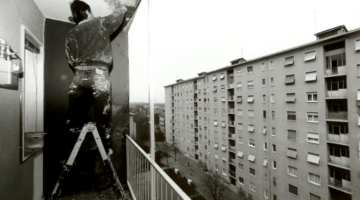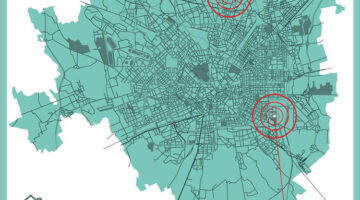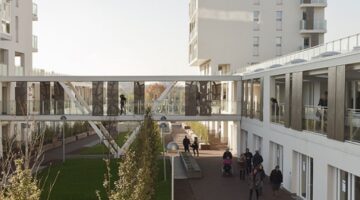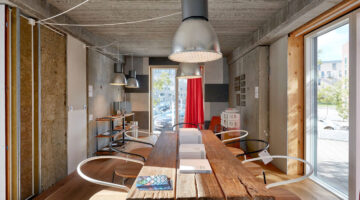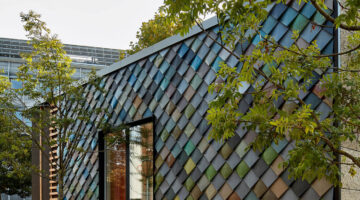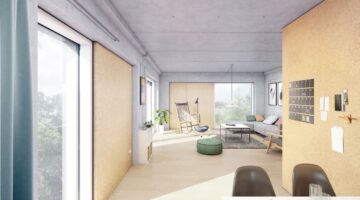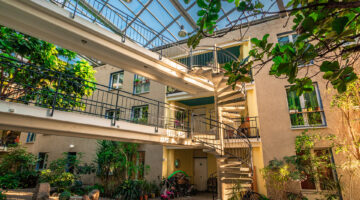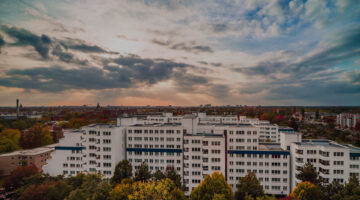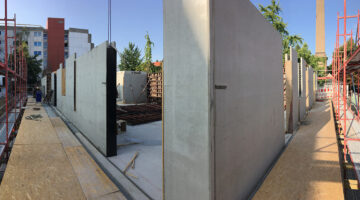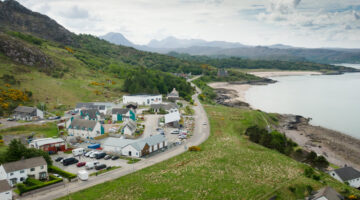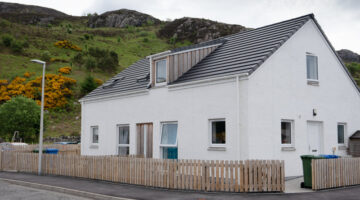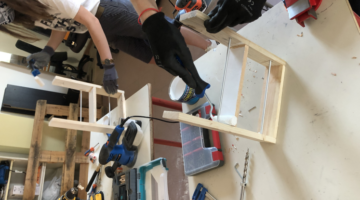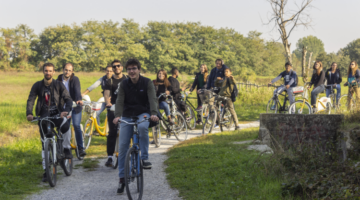


Maison Biloba Huis - Housing for senior citizens
Main objectives of the project
The Biloba House in Brussels, Belgium, is dedicated to providing a shared, solidarity-based living environment that fosters multiculturalism and intergenerational connections within the local community. Designed primarily for independent older individuals from diverse backgrounds, the house offers approximately 15 individual living spaces equipped with private kitchens, living areas, and bathrooms, along with shared facilities for communal activities, cooking, and relaxation, complemented by a small garden. Additionally, the Biloba project extends its services beyond accommodation, encompassing a range of offerings such as care center for seniors experiencing isolation and seeking companionship, open to residents of all ages. Alongside accommodation, the project provides support services including midday meals, household assistance, and various leisure activities, enriching the overall living experience and promoting a sense of belonging and community engagement. A center open to the community and for the community.
Date
- 2016: Construction
Stakeholders
- SLRB
- Constructor: E.MM.A
- Promotor: Le Foyer Schaerbeek
Location
Country/Region: Belgium, Brussels
Description
In pursuit of diversifying the social housing landscape, the Brussels government tasked SLRB, the overseeing body of the Brussels social housing sector, with fostering innovative projects that address specific housing needs. This directive led to the creation of the Biloba House, a unique initiative situated in the heart of a vibrant Brussels neighborhood. Biloba House stands as a pioneering model of community housing tailored specifically for the elderly demographic.
The genesis of the Biloba project stemmed from a poignant observation: many senior citizens, often immigrants with decades-long ties to the neighborhood, were grappling with unmet housing needs. In response, Biloba was conceived with the objective of galvanizing active participation from seniors, their families, and the broader community to enhance overall quality of life and housing standards, enabling seniors to age in place within their familiar surroundings.
Comprising 15 senior housing units, alongside a communal space and day care center on the ground floor open to all residents, Biloba House serves as a hub where neighborhood seniors assume active roles as integral members of the community. It is a sanctuary where social connections flourish, fostering a sense of belonging and shared responsibility among inhabitants. Functioning as both a meeting point and a sanctuary, Biloba ensures that its residents, whether residing within its walls or within their own homes, age gracefully and with dignity.
Central to the ethos of Biloba House are deeply ingrained values of autonomy, freedom, respect, benevolence, self-sufficiency, and solidarity, as outlined in the residents' charter. The local social housing entity, Le Foyer Schaerbeek, oversees housing management and construction, while the E.MM.A. association manages the day care center and communal space.
Perhaps most notably, Biloba's integrated approach succeeds in retaining the aging population within their familiar environs, avoiding displacement from places where they have established enduring roots. This preservation of community ties underscores the project's significance in ensuring dignified aging for its residents.



